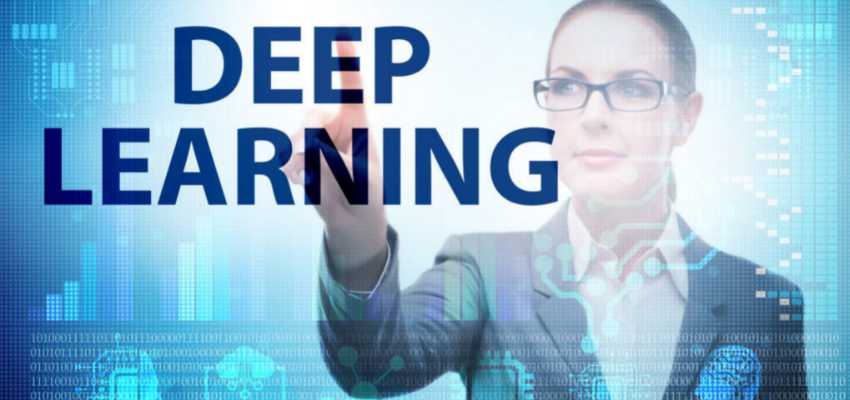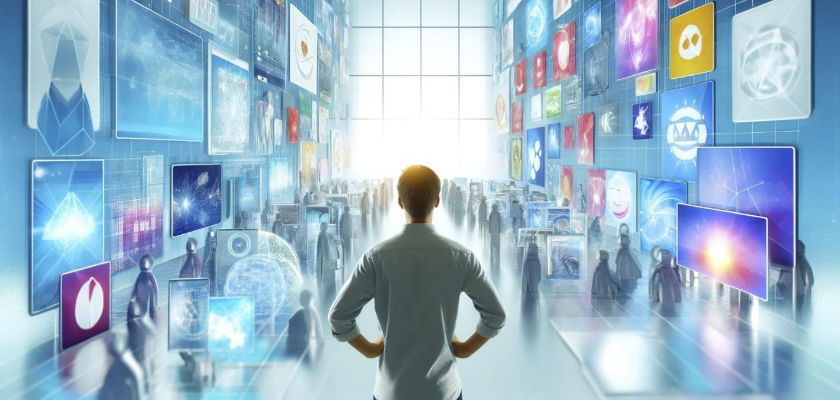Show:
What Is Deep Learning, and Is There Anything Special About It?
Alan Turing devised a test and asked the question: Can machines think? His test was to have a computer engage in a conversation with a human. The machine would attempt to fool the human into thinking that it was also a human. It might seem like a simple and unscientific test, but it has still not been passed almost 70 years since its inception. The most sophisticated AI can do almost every activity a human can do and do them better. Yet, none are even close to passing this test.

There has been one promising technology that is now the best contender to pass that test. It is known as “deep learning.” When you hear about artificial intelligence in the popular media, you are hearing about the applications of deep learning. If you want to know one of the key areas in which it is being implemented, you can find it here. They use deep learning to know when identity documents have been manipulated. Their AI can also cross-reference ID documents from various sources and flag them accordingly.
Earlier AIs were good at simple tasks like playing a game or finding the correct path in a maze. Deep AI can solve a range of different problems. It happens to be one of the best classifiers ever produced.
What Is a Classifier?
If you wanted a computer to distinguish between cats and dogs, you could teach it about the structure of those animals. You could teach the computer how they look and what specific patterns they ought to be looking for. In deep learning, you only need to feed it samples. You just need to provide the algorithm with numerous pictures of cats and dogs. The system will then learn how to distinguish between them by itself.
Numerous problems in the world can be reduced to a few classifying problems. Distinguishing a good chess position and a bad one is one example. Another example is differentiating between an empty road and a road with pedestrians if you are attempting to build a self-driving car. Thus, deep learning is versatile in its range of applications.

The Builders Don’t Need to be Subject Experts
A few years ago, AlphaGo was a sensation. The deep learning AI program defeated the world’s best Go player twice. Go players are considered to have one of the quickest-reacting brains in the world. What is fascinating is that the engineers that built AlphaGo were not experts in the game. That is because you only need to feed the deep learning AI samples, not teach them actual strategies. The system will learn the best strategies on its own.
It has several applications as well. Google’s Deepmind can lip-read TV shows with the sound on mute. Pinterest has a visual search tool for when the user cannot use words to describe what they want. Self-driving cars are now being tested the world over with this technology.
Furthermore, deep learning is surprisingly simple to code with. You only need about nine lines of code to set up a deep learning program. The rest of the coding will be left to the program itself, as all you need to do is provide it with examples of the problem set. That means it can even be used by non-technical people and could have the potential for the democratization of technology.
Deep Learning’s Limitations
As powerful as deep learning is, it comes with its share of flaws. The more samples you feed the deep learning system, the more efficient it becomes. The problem is the more big data you have, the more computing power you need. More computing power means more energy and economic costs.
Deep learning systems can also be fooled. For example, if you were to change the pixels in the image of a cat very slightly, it would not look any different to the human eye. But a deep learning machine will fail to recognize it. It can even be manipulated into thinking what you want it to think from those minuscule pixel changes.
Deep learning is a new technology like personal computers were once upon a time. Almost none of us know about all the components inside a personal computer or a smartphone. That, however, does not stop users from using them and learning more and more about them every day. When they first came out, word processing and spreadsheets were simplistic and full of bugs. Today, almost all our activities depend on them.
In the same way, we should start embracing deep learning just as we did for personal computers. When they first came out, word processing and spreadsheets were simplistic and full of bugs. Today, almost all our activities depend on them.

 Return to Previous Page
Return to Previous Page








